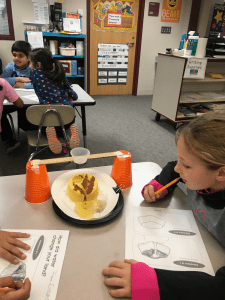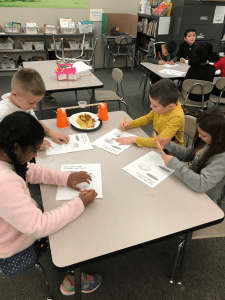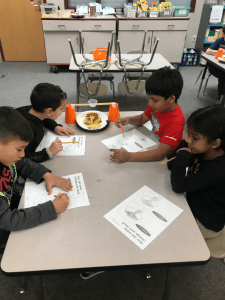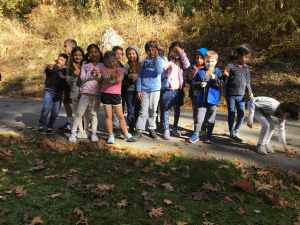Posted by kavery508 | Posted in Uncategorized | Posted on November 18, 2019
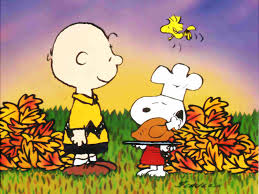 Thanksgiving Week Changes: There will be no math and reading homework next week, and this blog will take a holiday break too. There will be 2 optional challenge pages as usual, for kids wanting to keep exploring math skills. I hope you and your family have much to be thankful for this year, and I wish you the happiest of holidays!
Thanksgiving Week Changes: There will be no math and reading homework next week, and this blog will take a holiday break too. There will be 2 optional challenge pages as usual, for kids wanting to keep exploring math skills. I hope you and your family have much to be thankful for this year, and I wish you the happiest of holidays!
 Our CAFE focus this week is on summarizing by analyzing a character’s feelings. Reading is comprehending, and understanding the feelings of a main character helps us identify his/her motivation and reactions. We look to these as clues to determining the important parts in the story. Students will learn to summarize with familiar read-alouds and to apply it in their independent reading.
Our CAFE focus this week is on summarizing by analyzing a character’s feelings. Reading is comprehending, and understanding the feelings of a main character helps us identify his/her motivation and reactions. We look to these as clues to determining the important parts in the story. Students will learn to summarize with familiar read-alouds and to apply it in their independent reading.
 Our work with bar modeling is paying off! Students are becoming adept at relating them to parts-and-total problems, using them to make sense of problems, and understanding numbers involved by drawing them bars with appropriate scale. This week we are learning to use bar models to make sense of comparison problems. The model looks different from before because our thinking about solving the problem should be different. For example, consider this problem:
Our work with bar modeling is paying off! Students are becoming adept at relating them to parts-and-total problems, using them to make sense of problems, and understanding numbers involved by drawing them bars with appropriate scale. This week we are learning to use bar models to make sense of comparison problems. The model looks different from before because our thinking about solving the problem should be different. For example, consider this problem: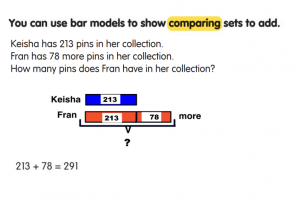
Notice how setting up the model this way shows understanding of what “more than” means. Using our knowledge of the parts-and-total bar model previously taught, it makes it easy for kids to see that what is required to solve this problem is addition.
The same can be said of using modeling to make sense of “less than” problems:
Students who set up the problem correctly can immediately see that Susan’s amount is smaller than Rosa’s, and that subtraction is called for to solve it. Like a parts-and-total frame, we subtract the part (157) from the total (824) to get the remaining part. See how helpful a tool bar modeling is?

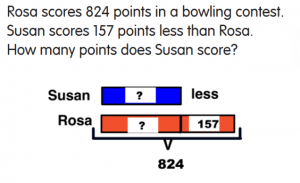


 Rotary Readers are coming! In an effort to promote literacy across the town, Members of the
Rotary Readers are coming! In an effort to promote literacy across the town, Members of the 



